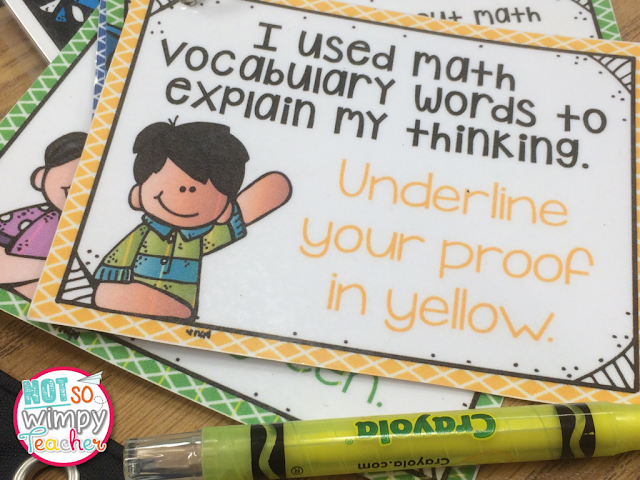Hey! It's Kelli again from Tales of a Tenacious Teacher. Hopefully by this time of the school year, you are in your flow and routines. But even some well-oiled machines need a little extra maintenance to keep it running smoothly. What machine am I referring to in the classroom?
Independent Reading time of course!
I know my students' independent and instructional reading levels, they are in just right books, I've shaved my mini-lessons down so that students are getting a solid chunk of reading time, my small groups are up and going (for the most part), so what could go wrong...
Oh ya, their stamina.
When I am in group mode, I am depending on my students who are not meeting with me to be engaged in their reading. Sometimes they need a little extra push and support. Here are 3 ways to help students get and stay engaged in their books! And even better, they take me less than 5 minutes to do!
When I notice students are not engaged, my first step is trying to figure out why! Is it a book choice issue? Is it distractions? So I first just watch students and take some quick notes and then pull them little nuggets into a group. Thanks to the amazing J. Serravallo's Reading Strategy Book, I could easily do a few different strategy groups based on why students weren't engaged. And the best part- each group only took about 5 minutes from start to finish! Differentiated, short, practical... what more could a teacher ask for! And no, I'm not being paid to say any of this. The book is just that good! I've used it countless times this year, with a lot of times around engagement checks for my kiddos.
I looked around my room for something... anything... to use. And I saw my little spikey green grass things from Michael's and an index card on my desk and BOOM! The Focused Reader of the Day award was born! You can tell it was on a whim because of my messy handwriting on a neon orange index card, but hey... it works! I simply told students at the end of reading time that I noticed a student in particular that was so focused nearly the entire time. We did a drum roll, I announced the student's name, we clapped, and that student got to have the "trophy" on their desk until the end of reading time the next day when we would pass it to someone else. On the back of the card, I started to write down the date and student who earned it as a way to document who has received it.
Needless to say, it's working like a charm.
Lastly, having students jot during their reading is a great way for them to show how engaged they are with the text. Not to mention, it gives students a break to stop reading for a moment if they are still building their stamina in a productive way. However, sometimes they don't know what to write or they get tripped up on spelling which then leads them down a path of pencil tapping and wasted reading time. That is where our language charts come into play. Throughout the unit, we add vocabulary words (word choice) and thinking stems (language of thinking) to the easel. We don't use anything fancy... just post-its. Since we build it as we come to the skills, students know exactly where to look for help.
If they want to make an inference... there are post-its for that. Cause and effect... post-its for that too. Any type of thinking can be documented and supported up here on the language chart. Just think: How do I want my students to communicate that kind of thought? BAM- you have your thinking stems.
What do you do to help students stay engaged during independent reading time?





















































